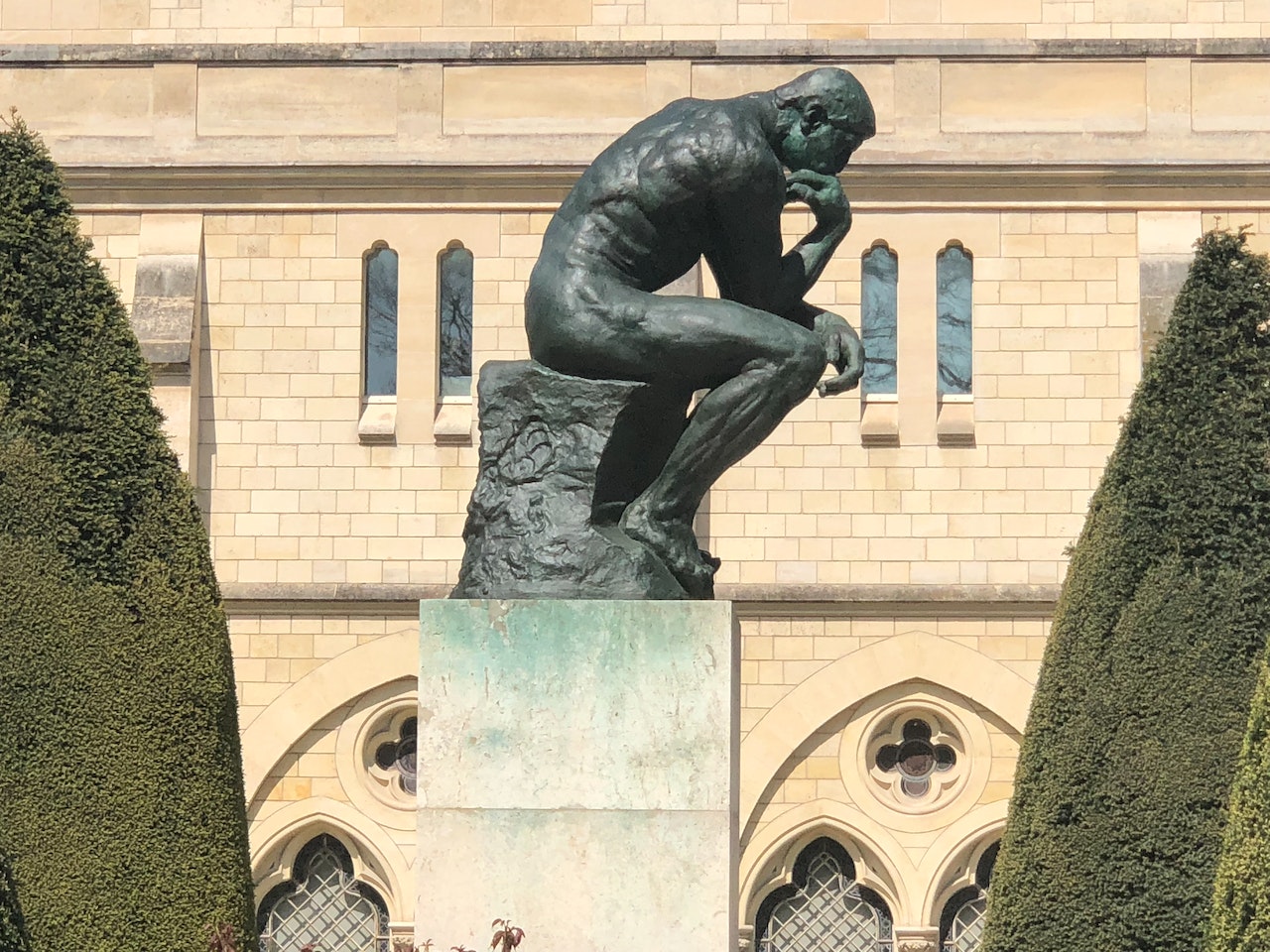Comments
- No comments found

Brilliant thinkers are very comfortable with ambiguity – they welcome it.
Routine thinkers like clarity and simplicity; they dislike ambiguity. There is a tendency in our society to reduce complex issues down to simple issues with obviously clear solutions. We see evidence of this in the tabloid press. There have been some terrible crimes committed in our cities. A violent offender received what is seen to be a lenient sentence. This shows that judges are out of touch with what is needed and that heavy punishment will stop the crime wave. The brilliant thinker is wary of simple nostrums like these. He or she knows that complex issues usually involve many causes and these may need many different and even conflicting solutions.
Routine thinkers are often dogmatic. They see a clear route forward and they want to follow it. The advantage of this is that they can make decisive and effective executives – up to a point. If the simple route happens to be a good one then they get on with the journey. The downside is that they will likely follow the most obvious idea and not consider creative, complex or controversial choices. The exceptional thinker can see many possibilities and relishes reviewing both sides of any argument. They are happy to discuss and explore multiple possibilities and are keen to challenge conventional wisdom. People around them and subordinates can sometimes consider this approach to be frustrating and indecisive.
Albert Einstein was able to conceive his theory of relativity because he thought that time and space might not be immutable. Neils Bohr made breakthroughs in physics because he was able to think of light as both a stream of particles and as a wave. Picasso could paint classical portraits and yet conceive cubist representations of people.
How can you welcome ambiguity? First by admitting that there are few absolute truths and that for most common beliefs the opposite view might also be true. If the general view is that you can either get high quality or low price the brilliant thinker will ask, ‘Why can’t we get both? How can we deliver great quality at really affordable prices?’
Cognitive dissonance is the concept of holding two very different ideas in your mind at the same time. This is something all the great composers do when they think of two melodic themes and how they can intertwine, adapt and combine them. We would find it very difficult to whistle one tune while thinking of an entirely different one but that is the sort of thing that Beethoven or Mozart would consider trifling. When we mull over the interaction of two opposing ideas in our minds then the creative possibilities are legion. A wind-up clock and an electrically operated radio are two very different concepts but by imagining their combination Trevor Bayliss was able to conceive of the clockwork radio. Most of us would dismiss such an idea out of hand. It seems incongruous to have a large mechanical winding device inside a small radio. And we can immediately see the drawback that the programme we were listening to would stop when the wind ran down so that we would have to get up and wind the thing again. That appears to be a very tedious operation. But Bayliss saw beyond these limitations and considered the needs of people in the developing world who did not have access to reliable mains electricity and who could not afford batteries. For them winding up a radio is a minor inconvenience. The clockwork radio has transformed their lives.
If we want creative solutions and real innovations then we should welcome ambiguity. We should explore the possibilities of two different things interacting together. We should let opposites play.
Paul is a professional keynote conference speaker and expert facilitator on innovation and lateral thinking. He helps companies improve idea generation and creative leadership. His workshops transform innovation leadership skills and generate great ideas for business issues. His recent clients include Airbus, Microsoft, Unilever, Nike, Novartis and Swarovski. He has published 30 books on lateral thinking puzzles, innovation, leadership and problem solving (with over 2 million copies sold). He also acts as link presenter at conferences and facilitator at high level meetings such as a corporate advisory board. He has acted as host or MC at Awards Dinners. Previously, he was CEO of Monactive, VP International of MathSoft and UK MD of Ashton-Tate. He recently launched a series of podcast interviews entitled Insights from Successful People.
Leave your comments
Post comment as a guest